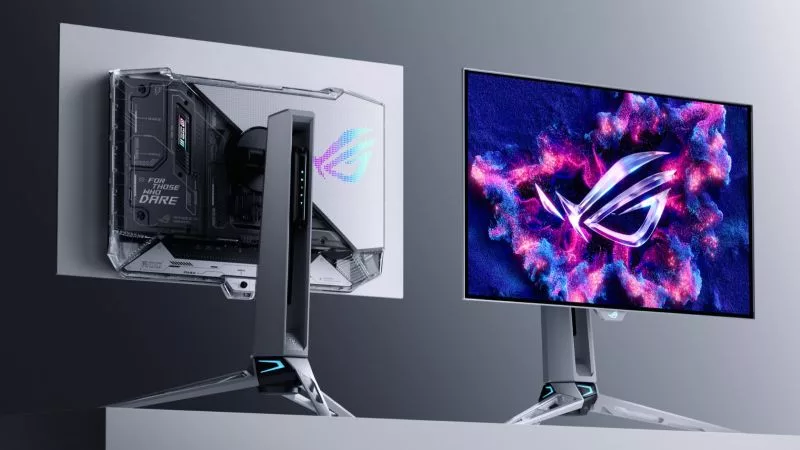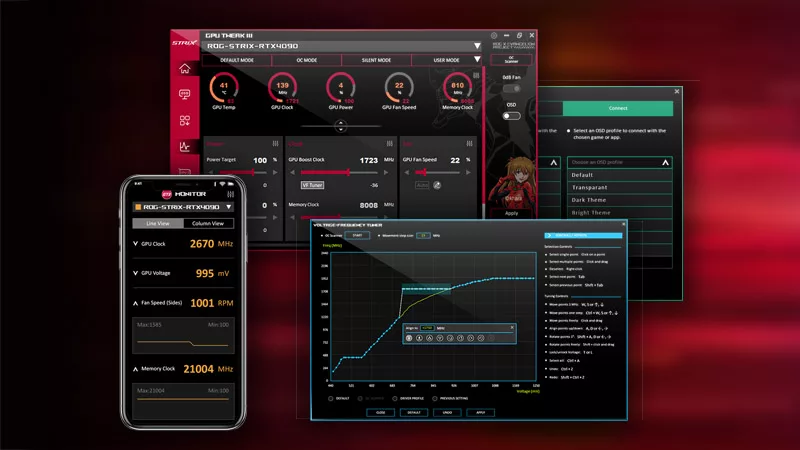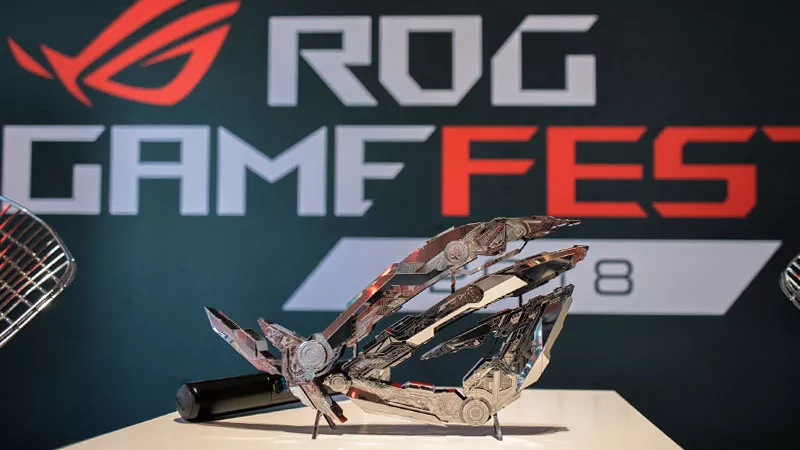90's PC Builder? Here's Four Classic ASUS Motherboards!
As part of our giveaway to celebrate ASUS reaching 500 million motherboard sales, we've dug out four classic ASUS motherboards! If you were building PCs in the 90's, please share your memories in our the discussion thread and stroll down memory lane with us!
1994: ASUS PCI/I-486SV2
- Socket 3
- 486DX CPU support
- Intel 420ZX chipset
Back before Intel launched even its famous Pentium branding that still exists today, Socket 3 boards supported the 4th generation x86 CPUs, in flavors of SX and DX (and various Overdrive upgrades). The 'Saturn II' chipset (ZX) class shown below was actually last during the 486 generation, adding the PCI 2.1 support. Featuring 72-pin SIMM memory (rather than 30-pin) you had to install in pairs (so we came full circle with dual-channel DDR memory in 2006) and even onboard 50-pin SCSI in addition to the 3-chip Intel 420ZX chipset, this was a high-end motherboard of the time. The baby AT shape (and power connector) predates the tall and thin ATX motherboards you'll see today.
[gallery include="" size="large" link="file" template="file-gallery" columns="2"]
1996 - ASUS P55T2P4D
- Dual Socket 5
- Dual Pentium CPU support
- Intel 430HX chipset
Another high-end/workstation motherboard, the P55T2P4D supported dual Pentium CPUs, although the multi-core support in Windows NT at the time was a limited implementation (I'm not familiar with Linux/Unix from this era sorry). As you can see below, the full AT format motherboard was huge! The brown slot below the CPU sockets was for the shared L2 cache, far before it was integrated inside the CPU silicon. There's several PCI 2.1 slots, along with an early ASUS innovation: the media bus extension that combined PCI graphics and ISA sound on a single card to add great value, in addition to the ISA (black) and E-ISA (brown) slots.
[gallery include="" size="large" link="file" template="file-gallery" columns="2"]
1997 - ASUS XP5NP5
- Socket 8
- Pentium Pro CPU support
- Intel 440FX chipset
A year later Intel launched it's first CPU targeted specifically at servers and workstations, splitting consumer and professional series into what would eventually become Pentium and Xeon. The Pentium Pro had a unique Socket 8, where the wide shape allowed space for the CPU core and cache chip to sit next to each other. The cost of this design was significant for the time, which is why it was reserved for the most expensive and performance demanding platform; it was also precursor to the familiar Xeon.
On the XP5NP5 itself we now see an 20-pin ATX power connector and a series of rear IO connectors integrated on the board. Previously these would have been on a ISA card. The motherboard shape with CPU at the top is something like where we're used to seeing, although it's not strictly ATX.. yet. Again, ASUS' media bus is an integrated extension of the last PCI slot.
[gallery include="" size="large" link="file" template="file-gallery" columns="2"]
1999 - ASUS P3B Series
- Slot 1
- Pentium II CPU support
- Intel 440BX chipset
Proceeded by the popular P2B series (sorry we couldn't find one to photograph as well), the P3B series broke ground with AGP for graphics and fast SDR DIMMs. With a splash of pink on the parallel port and a green heatsink on the 440BX northbridge, things are starting to look a little more modern in a traditional ATX layout. There's also innovations like onboard DIP switches for easy tweaking/overclocking and a standby power LED too!
We even found a Pentium II to fit - and the 16 year old board still boots!
[gallery include="" size="large" link="file" template="file-gallery" columns="2"]
Author
Popular Posts

How to adjust your laptop's P-Cores and E-Cores for better performance and battery life

How to Cleanly Uninstall and Reinstall Armoury Crate

Prepare for Tandem OLED splendor with these new ROG gaming monitors

32-inch glossy WOLED panels debut in the ROG Strix OLED XG32UCWMG and XG32UCWG gaming monitors

ASUS GPU Tweak III: The ultimate tool for advanced GPU tuning
LATEST ARTICLES

Gamers battle on ROG gear in upcoming ESPN EXP tournament series
ROG is powering up ESPN's new EXP esports tournament series with our GL12CX desktops, PG248Q monitors, and SCAR III laptops.

See ROG’s new gaming laptop displays at Computex: 4K120, 4K AMOLED, and 17” 240Hz
From insane speed to incredible detail, our latest laptops and technology demos showcase the best gaming laptop panels on the planet.

We're prepping for PAX East with swag, online tournaments, and special deals
The road to PAX East starts here. We're kicking off the party early with an online tournament. We've got swag, discounts, and PAX tickets up for grabs!

Here's all of the newest ROG gear announced at CES 2019
Our CES showcase is packed with all manner of hardware, from powerful desktop replacements and massive gaming monitors, to next-gen graphics cards and some of our newest peripherals.

Hands-on at the inaugural ROG GameFest 2018
We got into the action with Call of Duty: Black Ops 4 and tons of the latest and greatest ROG tech at the inaugural ROG GameFest 2018.

ROG is headed for Blizzcon 2018 and we're bringing all the gear and swag
ROG is back at Blizzcon and we're bringing everything from gaming phones to desktops. Stop by the booth and win some prizes!